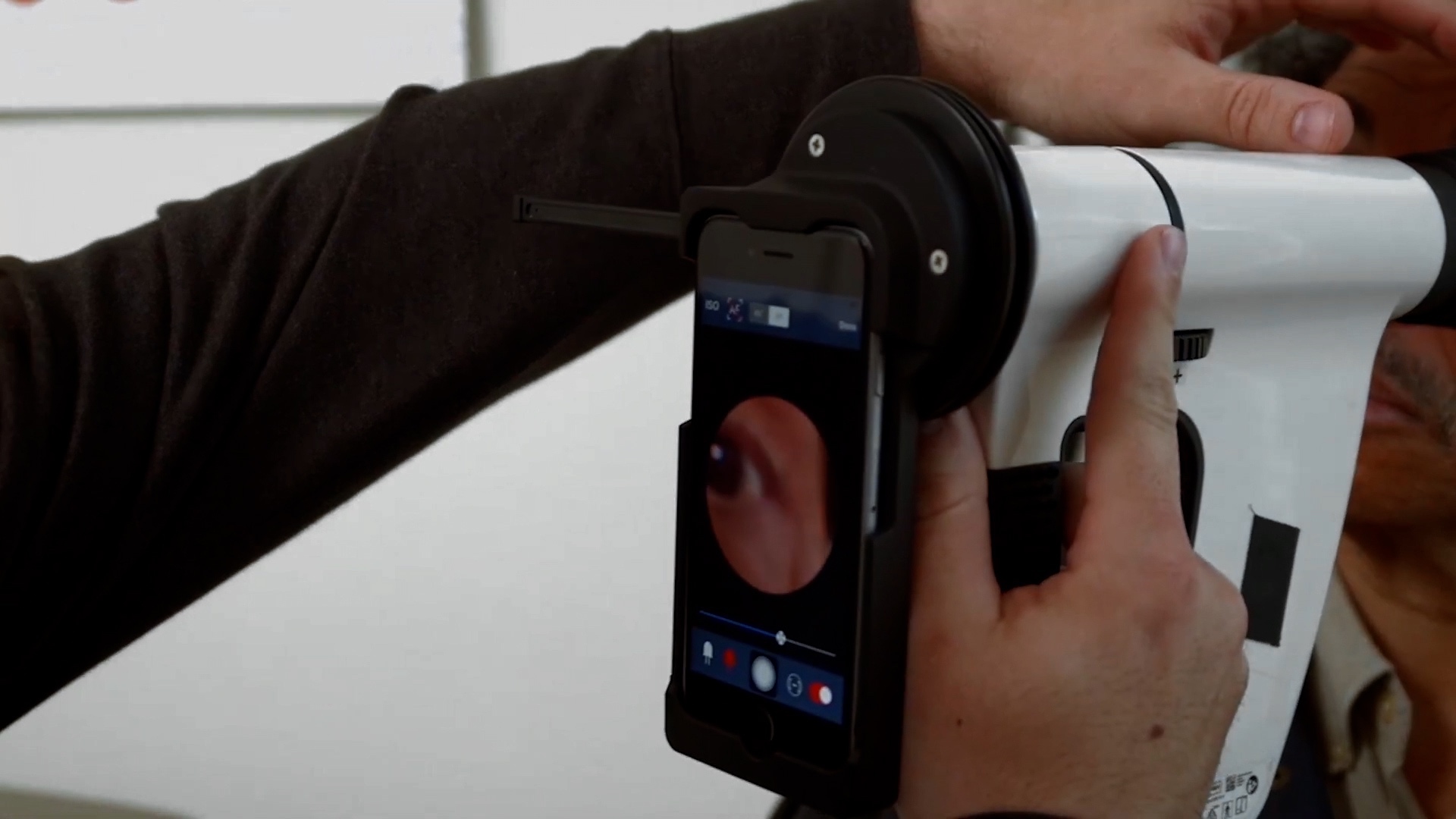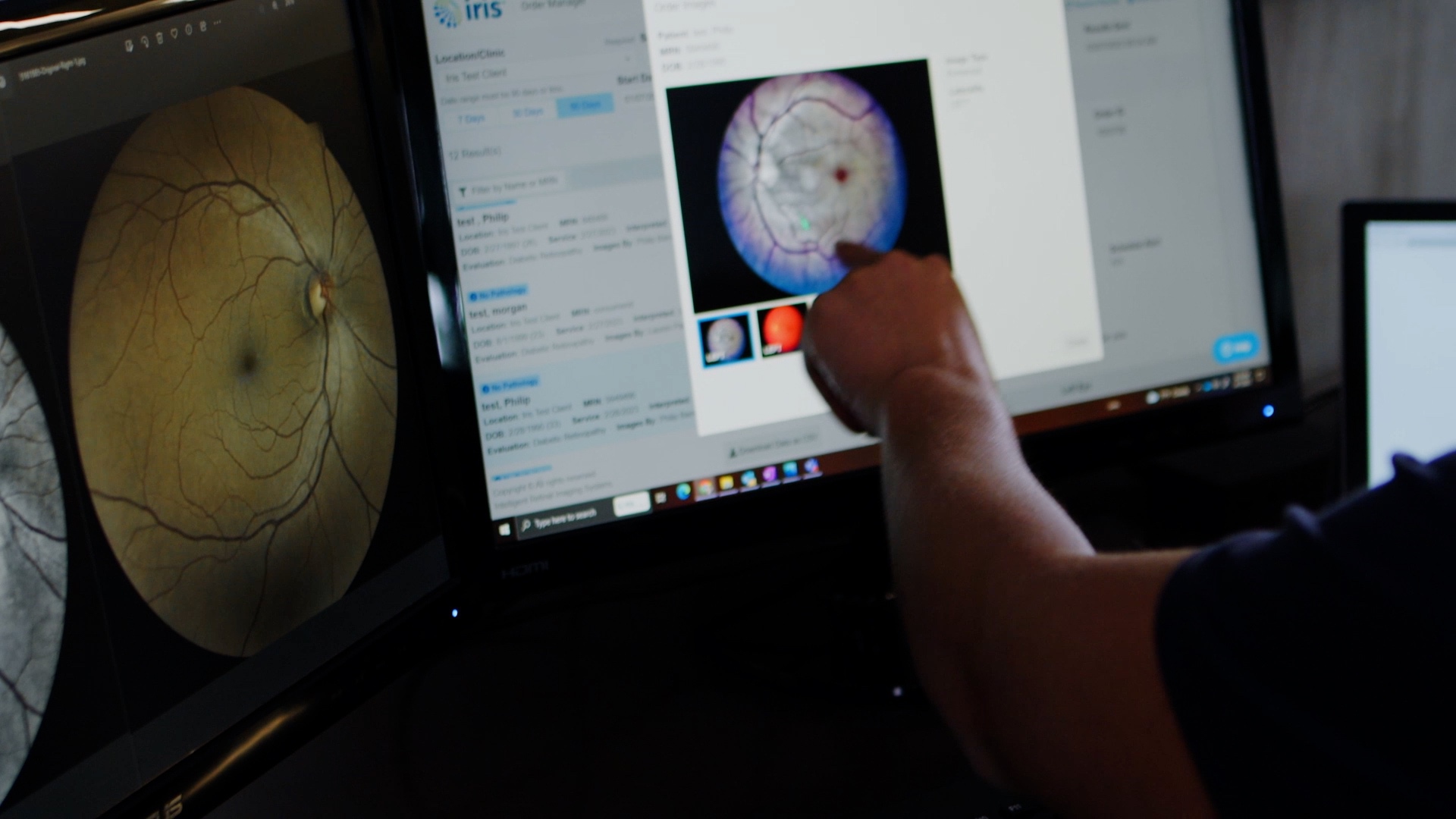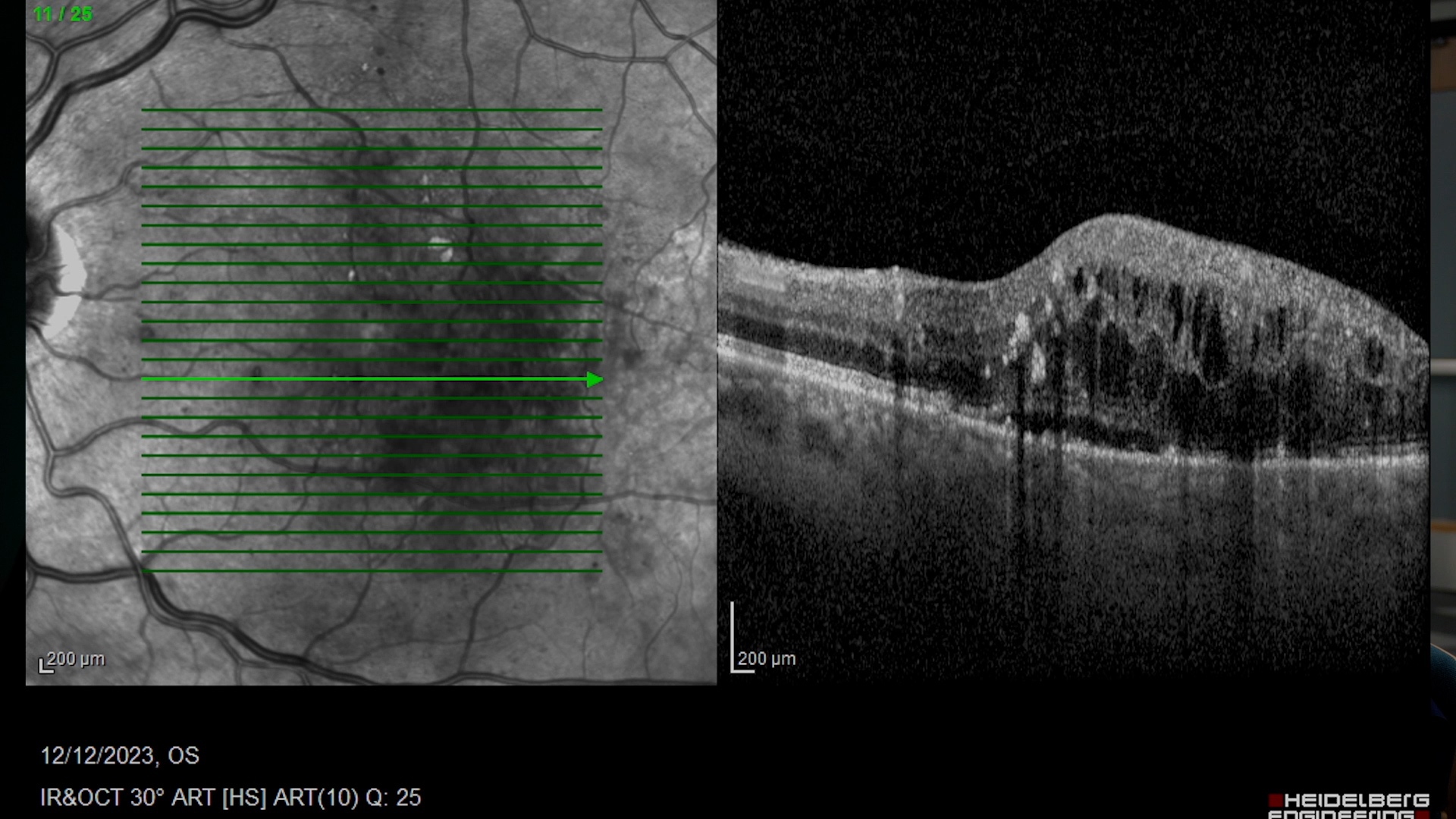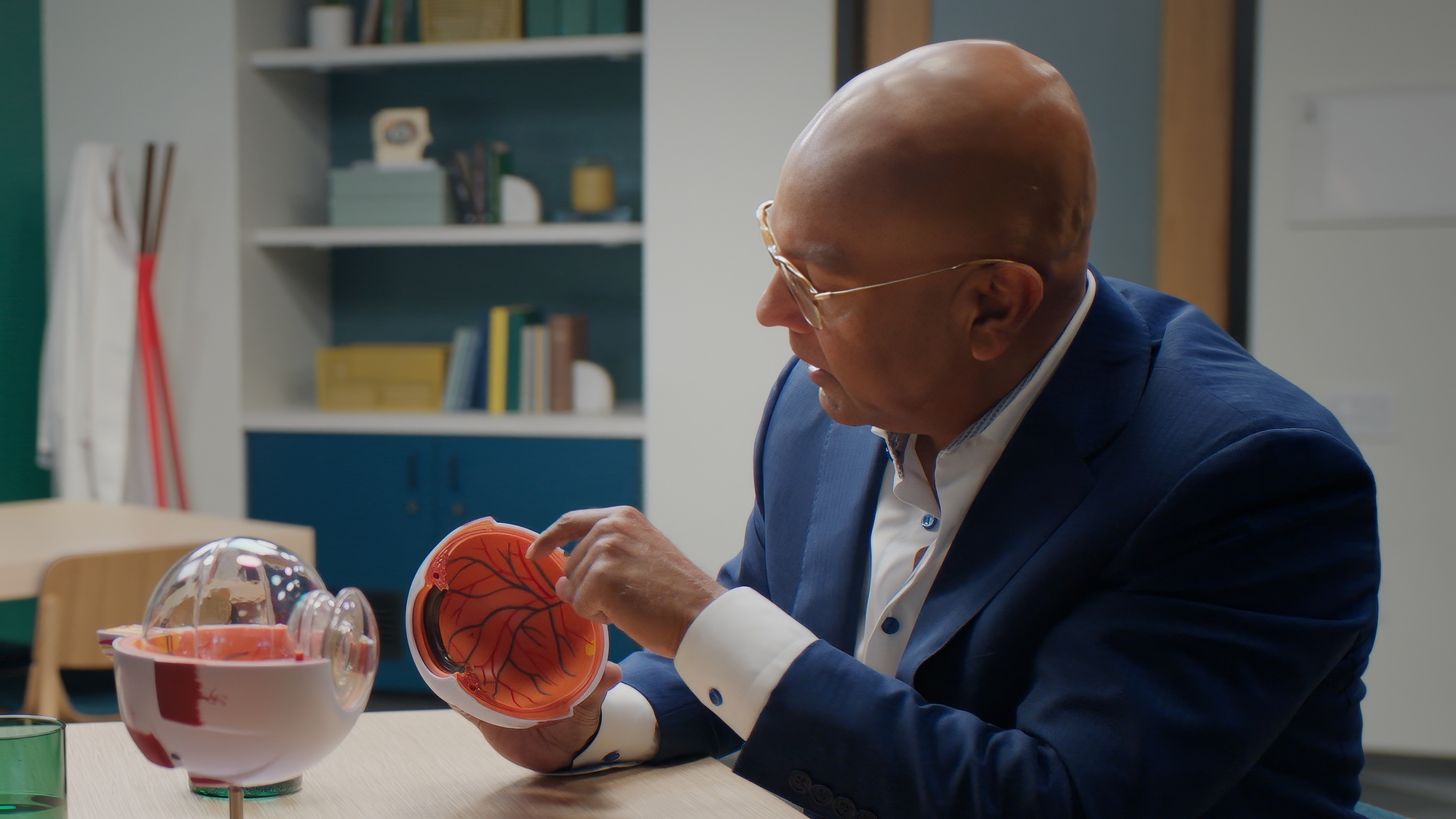Vision for a bright future
For 30 years, we’ve known how to prevent blindness from diabetes.
Advancements in deep learning are creating exciting breakthroughs in healthcare that are helping serve those with reduced access to resources. Ophthalmologist Sunil Gupta is taking advantage of these breakthroughs to give doctors what they need to prevent diabetic retinopathy, which damages the blood vessels in the tissues at the back of the eye, causing vision loss. As the founder, chairman, and chief medical officer of Intelligent Imaging Systems (IRIS), a cloud-based telemedicine platform, Dr. Gupta’s goal is to manage retinal diseases faster and better than ever before with automated detection.
A commitment to accessible care
Dr. Gupta’s vision to eradicate preventable blindness began with his experience as a board-certified retina specialist and nationally recognized retinal surgeon. In his 30 years of practice, he’s seen many patients in advanced stages of retinal disease whose effective treatment options were limited. This frustrated Dr. Gupta because he knew these advanced stages could have been avoided by detecting conditions earlier when the disease was more treatable. His background in engineering coupled with his father’s influence in data aggregation inspired him to leverage tech to make retinal screenings more accessible and efficient, especially for underserved communities.
Dr. Gupta’s passion to help people also stems from his experience with his patients. For over 25 years, Dr. Gupta has seen a woman with an inherited retinal disorder called retinitis pigmentosa. Currently, her vision is normal, but unfortunately, one of her children also has the same disorder. Her biggest worry is not only for herself, but for her child who may eventually face blindness. When Dr. Gupta told her about a recent breakthrough in the field of optogenetics that has the potential to regenerate retinal cells and possibly reverse vision loss, she became incredibly relieved and hopeful. This promising tech could potentially be approved in the next year, bringing hope and optimism to people with retinal disorders.
More than 451M people globally have diabetes.
One third will develop retinopathy.
Fighting vision loss
Diabetes is a leading cause of disability and blindness in the US, affecting 8% of the population, making diabetic retinopathy the primary cause of preventable blindness. Many cases never get diagnosed because access to specialized care often requires patients to travel long distances, causing delays in diagnosis and treatment. As a result, preventable progression is inevitable, and this is what can lead to vision loss. Dr. Gupta knows that diagnosing diabetic retinopathy early using IRIS’s imaging cameras is crucial to preventing blindness. The disease is asymptomatic, meaning many people don’t have symptoms, and it’s important to educate patients on how to prevent vision loss.
Telemedicine can help solve these problems by merging tech with remote consultations, giving patients the care they need without having to travel. IRIS makes this easier to achieve because it can be operated by individuals with minimal training, making it accessible for use in various settings, including primary care clinics and even patients’ homes. Retinal screenings through digital photography have shown that early detection can prevent over 90% of diabetic retinopathy cases.


AI provides quick feedback so healthcare professionals can focus more on patients who need care the most.

Azure AI helps identify patients who could develop diabetic retinopathy, a disease that damages blood vessels in the retina.
“The reality is, we actually have a way to treat preventable blindness”, says Dr. Gupta.
The AI for Good Lab at Microsoft partnered with Dr. Gupta to support IRIS through Microsoft’s AI for Health program. This collaboration aims to enhance the capabilities of IRIS by leveraging Azure AI to improve patient outcomes and quality of care, and make AI-based screening tools more accessible. The AI for Health program is part of the broader AI for Good initiative which partners with various organizations to leverage AI for social good and tackle global issues.
IRIS leverages Azure AI to analyze retinal images and identify patients who need treatment with a level of accuracy comparable to an ophthalmologist, and can produce a 95% readability average in 2-3 hours. The system uses cloud computing to handle a large volume of data, enabling it to perform up to a million exams a day. The AI component is designed to screen and evaluate retinal images quickly, where they get uploaded to the cloud and pre-analyzed for Azure to provide an instant response. This quick feedback is crucial for early detection and intervention.
Diabetic retinopathy is the leading cause of blindness in the global working age population.
Better vision health for all
About 1.5 million patients have been examined so far, and IRIS is currently handling about 30,000 images a month. Of the 1.5 million patients examined so far, Azure Machine Learning identified 10% of them as at-risk of severe blindness by enhancing the retinal images and highlighting areas of concern. That means around 150,000 patients have been identified as people who would have gone blind without medical treatment. IRIS was able to identify and refer these patients to the appropriate places for treatment before symptoms of low-vision or blindness set in.
IRIS is available in several regions around the world, including the US and the UAE, and the hope is to make it more accessible by implementing screening tools in primary care offices and patients’ homes. Read more about how a small community in West Virginia is benefiting from the integration of IRIS, which has significantly improved patient outcomes and quality of care by assisting doctors in identifying critical conditions. This approach aligns with IRIS’s goal of eliminating preventable blindness and generates good for all people.






